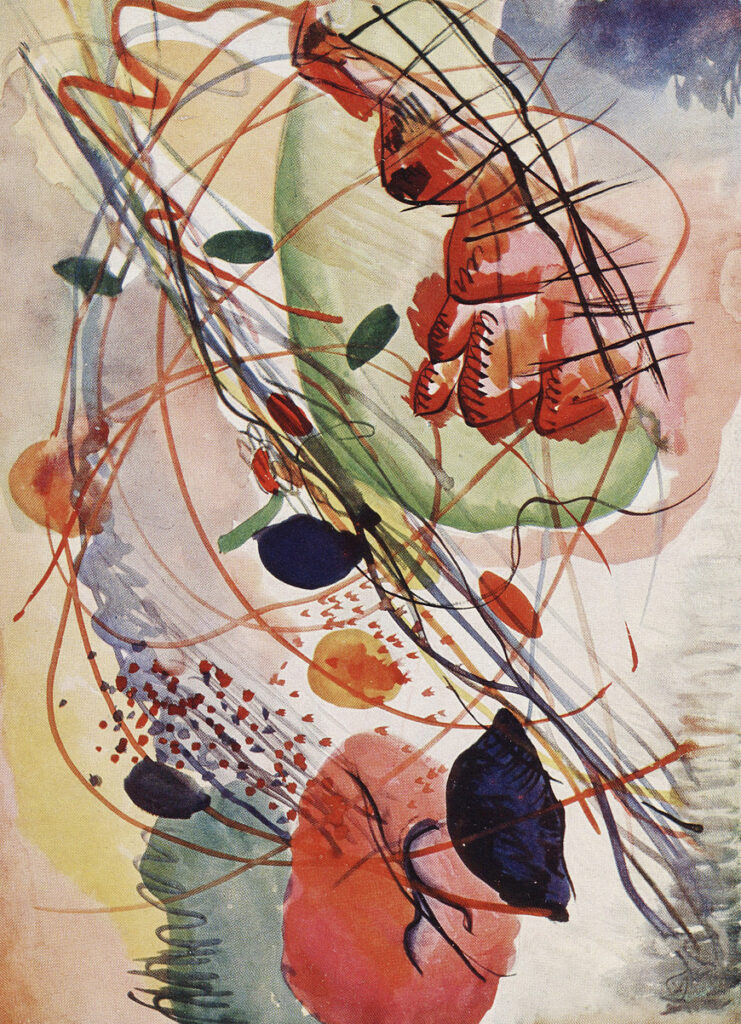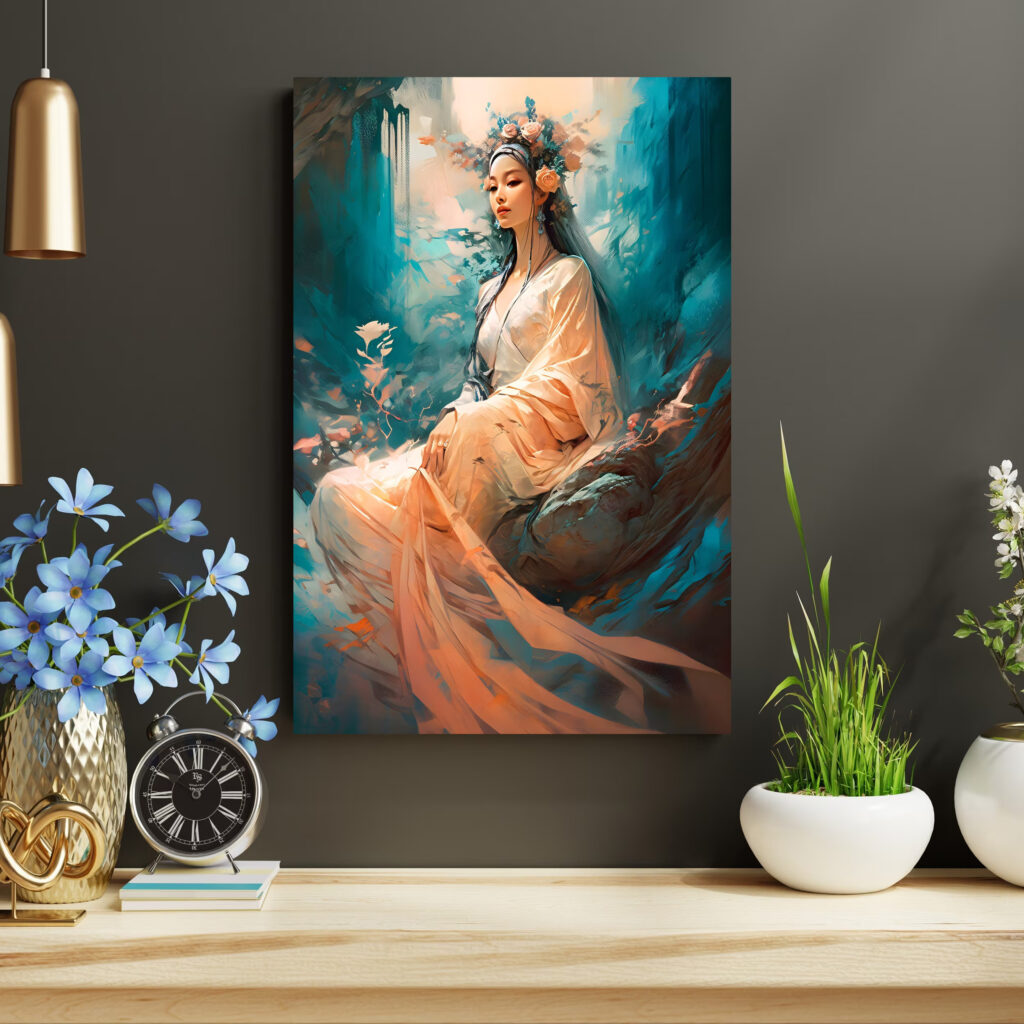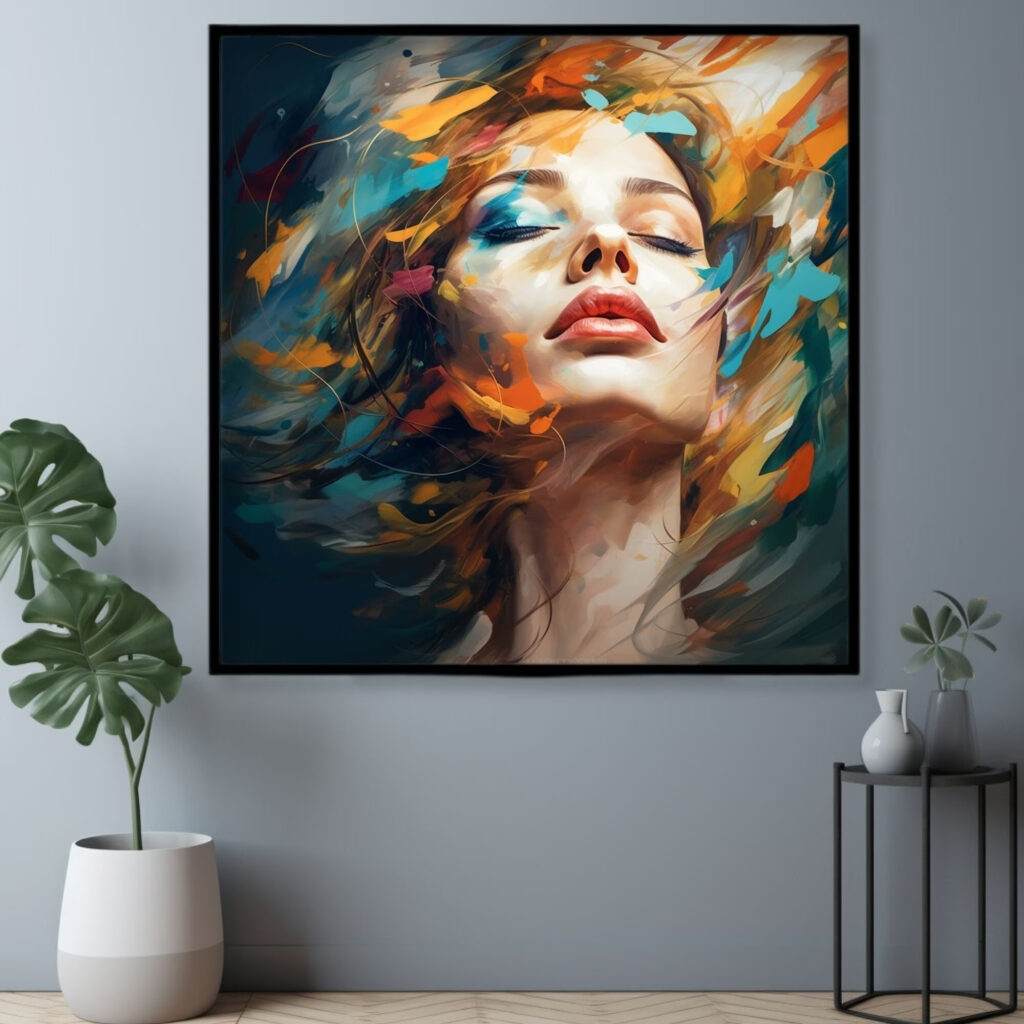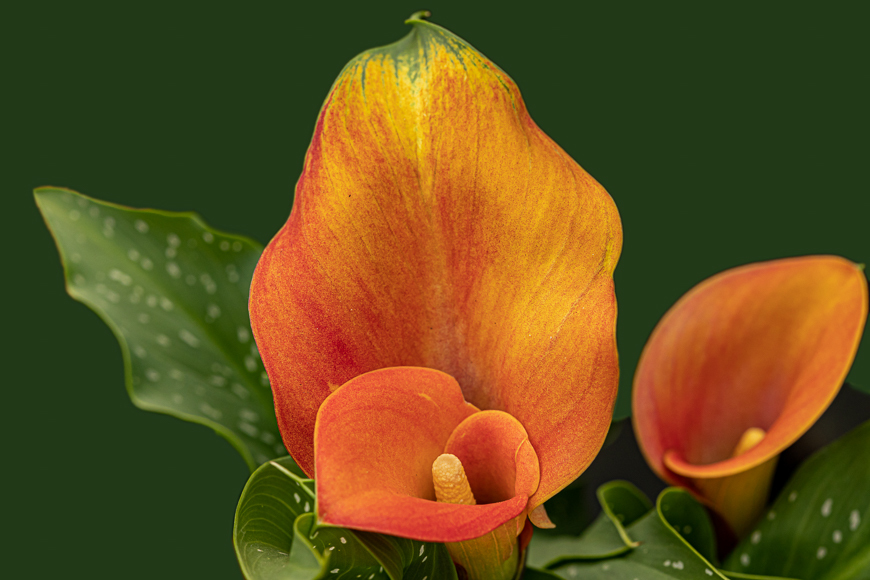Canvas art, an enigmatic fusion of imagination and craftsmanship, stands as a testament to the boundless creativity of the human spirit. The mere mention evokes images of vibrant strokes, intricate details, and compelling narratives, all converging on stretched canvases to create timeless pieces of visual delight. In this exploration, we embark on an artistic odyssey, unraveling the depth and allure of canvas artistry.

The Canvas: A Blank Slate of Possibilities: A canvas, blank and unassuming, is where artistic journeys commence. It embodies endless possibilities, a silent yet receptive surface inviting artists to translate thoughts, emotions, and concepts into tangible art forms.
Beyond Sight: A Gateway to Emotions: Canvas art transcends mere visuals; it’s a gateway to emotions. It speaks a universal language that touches hearts, conveys messages, and sparks a spectrum of sentiments in the beholder’s soul.
A Diverse Tapestry of Artistic Expression: The canvas is an expansive realm welcoming diversity. Within its stretch, it accommodates classical oil paintings, contemporary mixed media experiments, intricate portraits, and abstract marvels, each a testament to the diverse palette of artistic expression.

Crafting Narratives: Each Brushstroke a Tale: Every brushstroke on a canvas is a whisper of the artist’s narrative. The strokes, whether bold or delicate, coalesce to create a visual symphony narrating stories—some vividly explicit, others enticingly enigmatic.
The Fusion of Technique and Emotion: Canvas art is where technical prowess meets emotional resonance. It’s about mastering techniques while infusing pieces with soul, resulting in creations that captivate minds and stir hearts.
Harmony in Space: Canvas as Interior Poetry: Beyond galleries, canvas art finds its place in homes, offices, and public spaces. It transcends being merely a piece of decor, seamlessly blending with interiors to enrich spaces with depth, character, and artistic allure.

The Viewer’s Interpretive Voyage: Engagement with canvas art is an interpretive voyage. Each viewer embarks on a personal journey, deciphering meanings, interpreting emotions, and forming unique connections with the artwork.
An Ageless Legacy: Timeless Testaments: Canvas art doesn’t just belong to an era; it transcends time. It becomes an heirloom, passing stories and sentiments through generations, a testament to its timeless appeal.
Canvas Art: The Evolutionary Canvas: From the classical strokes of past masters to the avant-garde experiments of modern visionaries, canvas art evolves, adapts, and reinvents itself, perpetually pushing the boundaries of artistic ingenuity.

Conclusion: The Canvas, an Artistic Tapestry: “Unveiling Creative Canvases: The Artistic Journey with Canvas Art” celebrates this realm—a world where imagination finds expression, emotions take form, and creativity flourishes on stretched canvases. It’s an endless saga of discovery and wonder, inviting us to explore the limitless horizons of artistic expression.
Of course, here are the answers to your questions based on the article about canvas art:
- What is a canvas in art?
In art, a canvas refers to a surface, typically made of fabric stretched over a wooden frame, on which artists paint or create visual artworks. - What is a canvas image?
A canvas image can refer to a digital image formatted to be printed or displayed on canvas material for decorative or artistic purposes. - What is canvas best used for?
Canvas is best used as a surface for painting, allowing artists to create artworks using various painting techniques such as oils, acrylics, or mixed media. - What is special about canvas?
Canvas offers a textured surface that allows paints to adhere well and provides artists with a versatile medium for creating paintings with depth and character. - Is canvas waterproof?
Canvas is not inherently waterproof but can be treated or coated with certain materials to make it more resistant to water damage. - Why is it called canvas?
The term “canvas” originates from the Latin word “cannabis,” referring to the material made from hemp or linen used historically for sails, tents, and later as an art surface. - What is a canvas for students?
Canvas, in an educational context, often refers to a learning management system or an online platform used by students and educators for course materials, assignments, and discussions. - Is canvas better than a photo?
Canvas and photos serve different purposes; canvas offers a tactile, textured surface suitable for art and decor, while photos provide visual imagery in print or digital form. - Why use canvas in art?
Canvas provides a durable and versatile surface for artists to create paintings, allowing for various painting techniques, textures, and visual depth in artworks. - Why do students use canvas?
Students often use Canvas as an educational tool, accessing course materials, submitting assignments, engaging in discussions, and accessing grades online. - Is canvas only for students?
No, canvas is not exclusively for students. In an art context, canvas is widely used by artists of various levels, from beginners to professionals, as a painting surface. - Who created canvas?
The development and use of canvas as an art surface can be traced back to ancient civilizations, with variations in materials and techniques over time. - What is canvas made from?
Traditional canvas was historically made from hemp or linen, but modern canvas may also be made from cotton or synthetic materials. - Why is canvas so popular?
Canvas remains popular in art due to its durability, textured surface, and suitability for various painting techniques, allowing artists to create expressive artworks. - Which paints are used on canvas?
Artists use various paints such as acrylics, oils, watercolors, and mixed media on canvas to create paintings based on their preferred techniques and desired effects. - What are the disadvantages of canvas?
Some disadvantages of canvas include its susceptibility to damage from moisture, its need for proper stretching and framing, and its potential for sagging or warping over time. - What is called a canvas?
In an art context, a canvas refers to both the fabric stretched over a wooden frame used for painting and, more broadly, to any surface or space where an artist creates their work. - Is canvas easy to use?
Canvas is relatively easy to use for painting, but mastering various painting techniques and handling the material might require practice and skill development for artists. - What are three advantages to using canvas?
Three advantages of using canvas include its durable surface, suitability for various painting techniques, and its ability to add depth and texture to artworks. - Is canvas an art material?
Yes, canvas is considered an essential material in the field of art, specifically for creating paintings or visual artworks. - Is canvas a good tool?
Canvas serves as an excellent tool for artists, providing a sturdy and versatile surface on which to create paintings and express artistic ideas. - Why is canvas so expensive?
The cost of canvas can vary depending on factors such as quality, size, material, and framing. Higher-quality canvas materials or larger sizes may contribute to higher costs. - Why is canvas art so expensive?
The price of canvas art varies based on factors such as the artist’s reputation, the complexity of the artwork, the materials used, and the demand for the piece. - Which is better, a blackboard or canvas?
Blackboards and canvas serve different purposes; a blackboard is used for writing or drawing with chalk while canvas is primarily used as a surface for painting or creating artworks. - Is canvas art profitable?
Canvas art can be profitable for artists, especially established or renowned artists whose works garner demand and appreciation in the art market. - Why do rich people love art?
Rich individuals often appreciate art for its aesthetic, cultural, and investment value. Art collecting can also be a status symbol and a way to support artists and cultural heritage. - What is the most expensive canvas?
The most expensive canvases often belong to renowned artworks by famous artists, such as paintings by Leonardo da Vinci, Pablo Picasso, Vincent van Gogh, or other acclaimed masters. - Who owns Canvas?
Canvas as a material isn’t owned by any individual or entity; it’s a versatile surface used widely in art, education, and various industries. - How much does Canvas cost?
The cost of canvas varies widely based on factors such as size, quality, material, and whether it’s pre-stretched or sold by the yard. Canvases can range from affordable to high-end prices based on these criteria.


